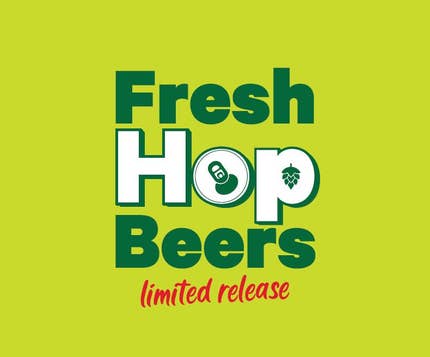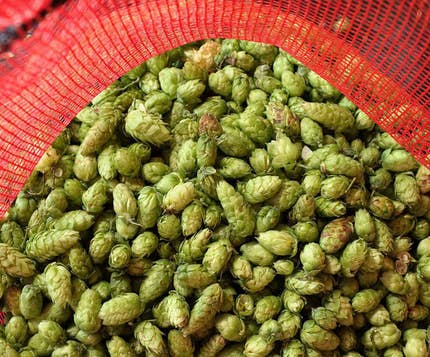What’s all the fuss about fresh hop beers?
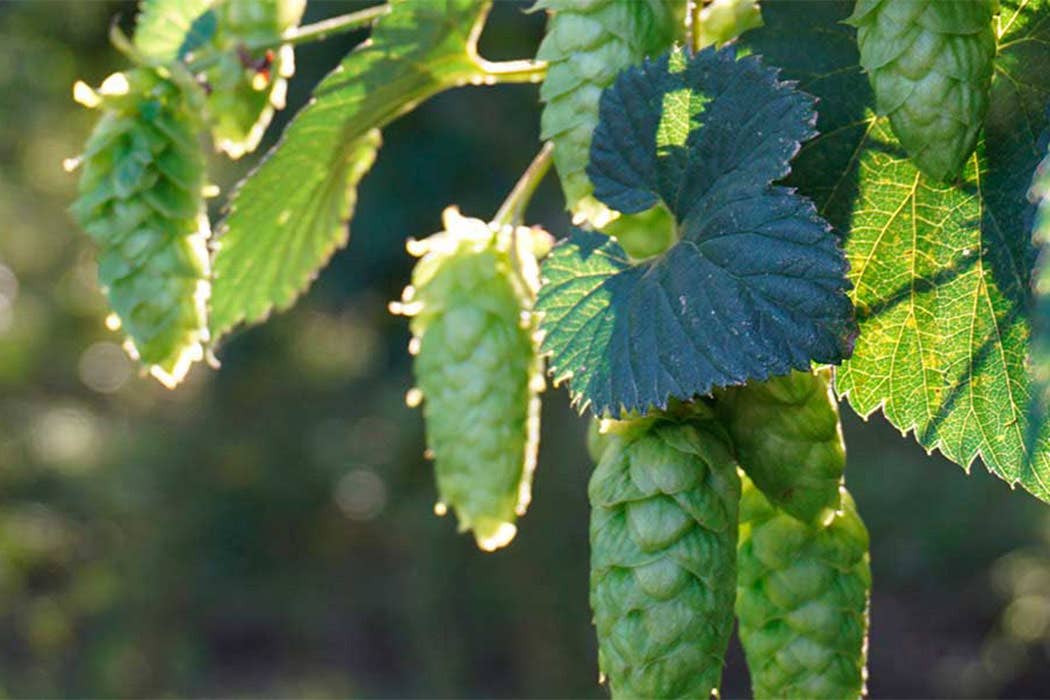
Fresh hop beers are only available for a limited time, usually hitting the shelves around April. Brewers love using freshly-picked green hops for one-off creations, as the flavour profile is something extra special. Demand is high – so savour them: they are a wonderful treat with which to toast the annual harvest of our favourite beer flavourers.
By Michael Donaldson
Did you know grapes and hops are harvested at roughly the same time – in early autumn?
We don’t see any evidence of the grape harvest until much later in the year when the season’s vintage is released – but with hops, “harvest” beers are available within a few weeks and usually hit the shelves around April.
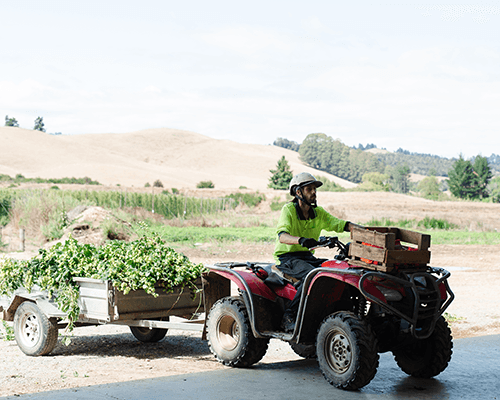 | 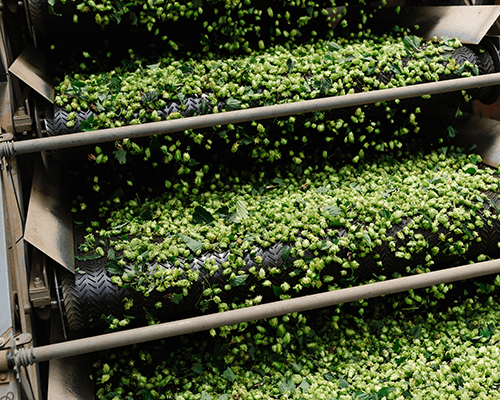 |
Hops fresh off the bine
You’ll see a lot of these beers labelled as “fresh hop” beers – it’s a slightly confusing term especially as some breweries market “fresh” beer year-round (but that’s another story for another day). In the case of the hop harvest, it means fresh off the bine (as opposed to a vine). Other terms people use are “green” hops or “whole cone” hops. The boring – non-marketable – term is unprocessed.
Fresh hops are in their soft, pillowy, natural state before they are dried, like tea, pelletised and packaged in airtight containers for use throughout the year ahead. That’s how breweries ensure your favourite hoppy beer is available and tasting great come Christmas.
But during the harvest, a few bundles of hops are kept unprocessed and are available for a tiny window of time, as they are best used freshly picked and can start losing their juicy goodness within 24 hours.
Why brewers love fresh hops?
Brewers love using these for one-off creations as the flavour profile is something extra special – there’s an oily resinous to the mouthfeel and the aroma has a sprightly, delicate, fresh-from-the-garden pungency. It’s not quite as striking as the difference you find between dried and fresh herbs but it’s comparable. Dried herbs have a more concentrated, intense flavour than fresh herbs and so it is with hops.
Another way of thinking about the flavour is that you get the herbaceous, more organic qualities that are often stripped away by processing. If you’ve ever had mint tea made with fresh mint from the garden versus dried mint tea you’ll know what we mean. There’s an X- factor with fresh hops.
The essential oils in hops
The analogy with herbs doesn’t stop here. Hops are full of essential oils, the most dominant being myrcene which is found in a range of herbs including thyme, bay leaf, parsley and that another well-known “herb” that shall remain nameless. Other essential oils in hops – and there are around 13 – include those found in coriander and citrus, and others similar to those found in pine, geranium, rose, passionfruit, guava and blackcurrant.
The trick for brewers is to draw these volatile flavours and aromas out of the fresh hops before they start fade like cut grass.
The challenge of brewing with fresh hops
Every year our biggest craft breweries lead the charge on fresh hop beers – the likes of Behemoth, Epic, Garage Project, Liberty, Parrotdog, Sawmill, Panhead, Baylands and Urbanaut. Because the logistics of fresh hops are so difficult only those breweries with the resources are able to ship them quickly enough to use while they are still green and vibrant, because these freshly-picked green hops can start to go brown quite quickly.
Bigger breweries don’t usually make fresh hop beers as it’s just too hard to get the volume they’d require. Many Wellington breweries charter planes to fly sack-loads from Nelson.
The fact these beers are made with whole cones is a bit of a nightmare for the breweries. The hops take up way more volume in a brew kettle and soak up a huge amount of water – making them slightly uneconomic to brew with. And it’s hard work getting sodden hops out of the kettle – so producing these is a real labour of love.
Another thing about fresh hops – because the weight and bulk of them and the fact they come in unrefined and pure – the normal precision of the brewing process is thrown out the window and there’s more of an art to the brew day. In short brewers can’t always predict what will happen – there’s an “it-is-what-is” element to the process which means every fresh hop beer is different and a result of what nature gives us.
But the results are worth it. It’s a once-a-year experience to enjoy the more organic, earthy and lush nature of what fresh hops bring to beer. The mouthfeel is usually oily and resinous while there will usually be a pleasing grassy or vegetal tannic note – just like that fresh mint tea mentioned earlier.
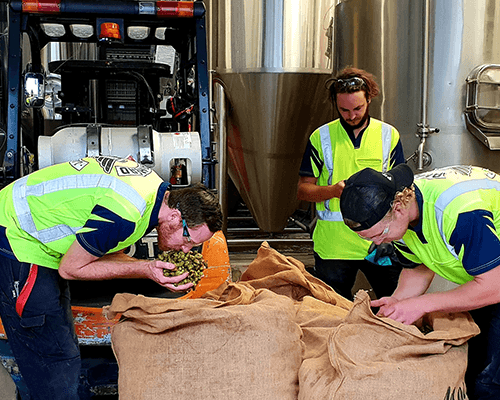 | 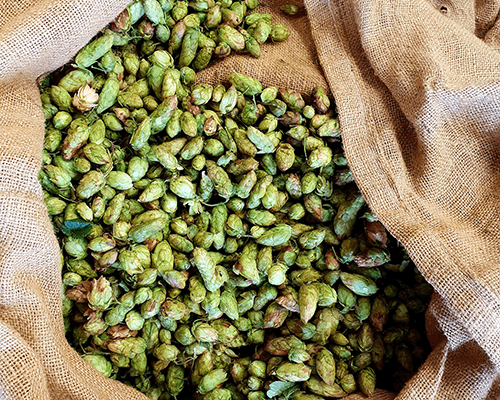 |
Hop varieties and harvest timing
Different hop varieties give different flavours and those can change depending on when the hops are harvested. Fresh Nelson Sauvin for instance has that intense grape juice flavour that’s made it a global star, but if picked too late it can start to go savoury, with onion and garlic notes.
Others to look out for on cans and bottles include:
- Taiheke hop, which delivers passionfruit and gooseberry flavours and aromas
- Riwaka – the “cult” New Zealand hop adored for its punchy grapefruit, passionfruit and sometimes diesel aromas.
Enjoying fresh hop beers at their best
Fresh hops beers, once they’re bottled, remain quite precious and you want to drink them as soon as possible after brewing.
That’s not usually a problem as fresh hop beers are only available for a limited time and demand is high – so savour them: they are a wonderful treat with which to toast the annual harvest of our favourite beer flavourers.

